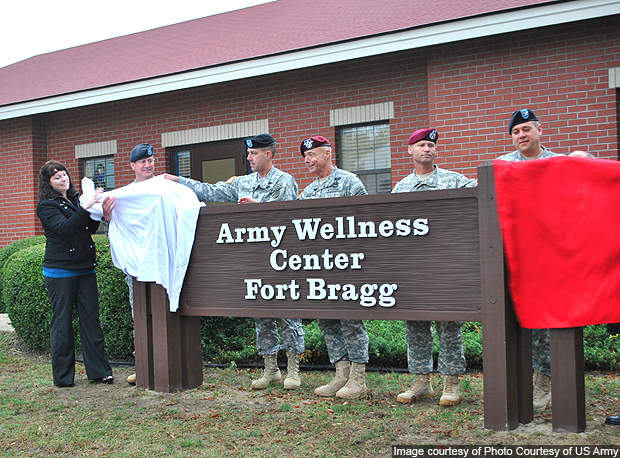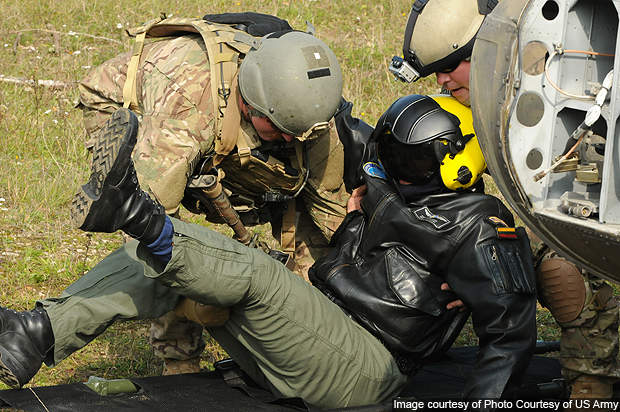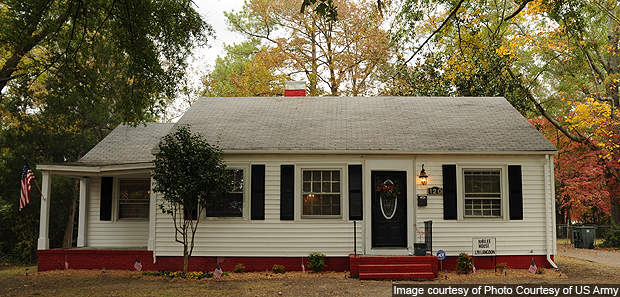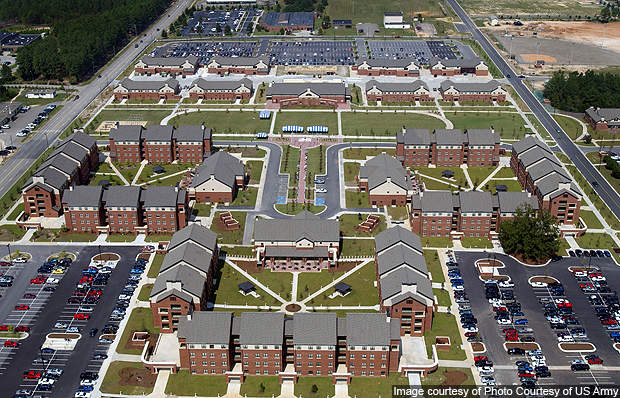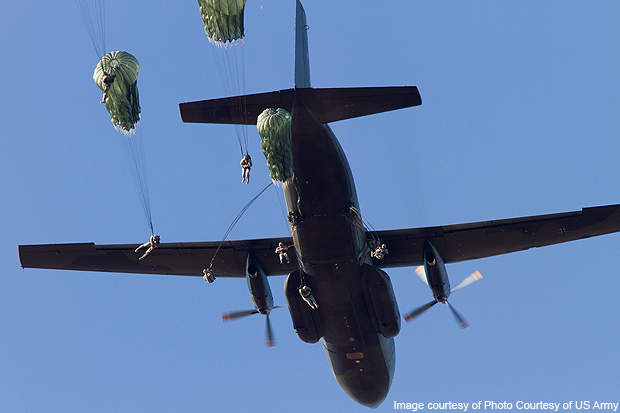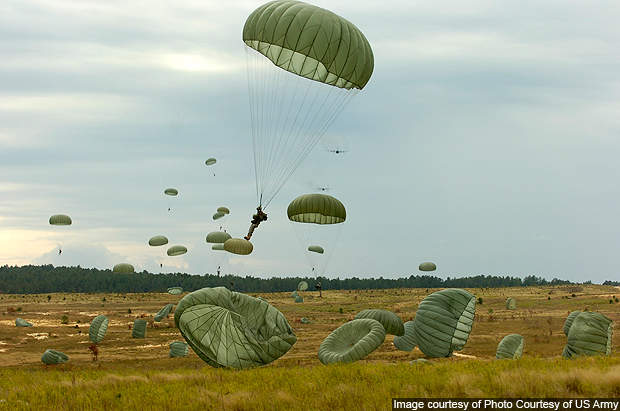Fort Bragg in North Carolina, US is a major military installation, famously known as the home of the US Army Special Forces (SF) and the Airborne Forces. Established in 1918, it is one of the most combat ready and active military installations in the country.
The base spreads over an area of 650km2 across four counties in the North Carolina state. This includes Hoke, Cumberland, Moore and Harnett counties, which are part of the Fayetteville Metropolitan Statistical Area.
The base is responsible for training, sustaining, deploying and mobilising the combat forces for Special Operations Forces and America’s Crisis Response Contingency Corps.
A range of services, including medical, retail, education and recreation – are provided to more than 250,000 personnel each day.
Fort Bragg is estimated to contribute about $4.1bn annually to the local economy of North Carolina.
History
In September 1918, the Congress established an artillery training site called Camp Bragg. It was set up for field artillery training requirements in preparation for WWII.
The site was chosen due to its proximity to rail and port transportation. It became a permanent army post in 1922 and was renamed as Fort Bragg.
The Pope Air Force Base (AFB) was established near the base in 1919.
The first military parachute jump at the base was in 1934 and it became a permanent training site for air operations after 20 years. During the early 1940s, the population at the base increased from 5,400 soldiers to 67,000, with the establishment of a reception station. This was established with the passing of the Selective Training and Service Act of 1940 to prepare for the WWII threat.
Fort Bragg and the Camp Mackall area trained the WWII airborne divisions which included the 82nd, 17th, 11th, 13th and 101st airborne units. The 82nd Airborne division was assigned to the fort in 1946 after returning from Europe.
The XVIII Airborne Corps, first formed in 1936, was deployed in Europe. It returned and was deactivated in 1945. It was reactivated at Fort Bragg in 1951 and thus the base widely became known as home of the airborne.
The XVIII Airborne Corps participated in the Cold War and the Gulf War (Operation Desert Storm) in 1991. Fort Bragg along with the AFB forms one of the largest active military complexes in the world today.
Design and construction
The land and cantonments for Fort Bragg cost $6m in 1918. A garrison, two cantonments and a National Guard training centre were built for the army.
Construction of the camp was completed in 1919 and was named after Confederate States Army forces commander in the Civil War, General Braxton Bragg. During 1923-1924, four brick barracks and other permanent structures were constructed at the base.
In May 1952, a Psychological Warfare Center, currently known as the US Army John F. Kennedy Special Warfare Center, was built at the fort and it thereby became the headquarters of the SF.
Several facilities were modernised in the 1990s and a main post exchange was constructed along with the Devers Elementary School. In 2004, a 5MW integrated power plant was installed at the base through a joint venture between the Department of Energy’s Oak Ridge National Lab, the US Army and Honeywell Labs.
Picerne Military Housing, in partnership with the US Army, is responsible for demolition, renovation and construction of new housing facilities at Fort Bragg. The company became the housing partner in 2003 and will continue till 2053.
About 1,568 old homes will be replaced and more than 1,993 existing homes and 209 historic homes will be renovated by 2013. The existing homes are being renovated with modern amenities under the Community Development and Management Plan (CDMP). A new military housing neighbourhood called Linden Oaks is also being developed by Picerne.
As part of the 2005 Base Realignment and Closure Commission, the US Army Reserve Command (USARC) and the Forces Command (FORSCOM) based at Fort McPherson, Georgia are scheduled to be relocated to Fort Bragg by 2011.
Garrison facilities
Fort Bragg is the second largest army installation in terms of population (after Fort Hood). It is home to approximately 43,000 military and 8,000 civilian personnel. The units based there include the US Army Special Operations Command (USASOC), XVIII Airborne Corps HQ and the 82nd Airborne Division.
Other tenant units include the US Army Parachute Team (Golden Knights), 1st Training Brigade, USACAPOC (Airborne), 1st SFOD-D, 10th Press Camp HQ, 16th Military Police Brigade, 18th Fires Brigade, 20th Engineer Brigade, 44th Medical Command, 82nd Sustainment Brigade, 108th Air Defense Artillery Brigade, US Army Civil Affairs and Psychological Operations Command, 189th Infantry Brigade, John F. Kennedy Special Warfare Center and School, Womack Army Medical Center and the Joint Communications Unit.
Fort Bragg includes four impact areas, 16 live fire manoeuvre areas, 82 ranges, seven major dropping zones, and two army airfields. Camp MacKall, located near the fort serves as an auxiliary training complex. About 10,000 parachute jumps are conducted at the base every year by the soldiers of the 82nd Airborne Division and other divisions.
City facilities
Fort Bragg has several facilities including 11 shopping malls, office buildings, 28 restaurants, 183 recreational facilities, 11 churches, medical facilities, 11 miles of railway network and eight schools. The recreational facilities include craft shops, pools, golf courses and fishing.

